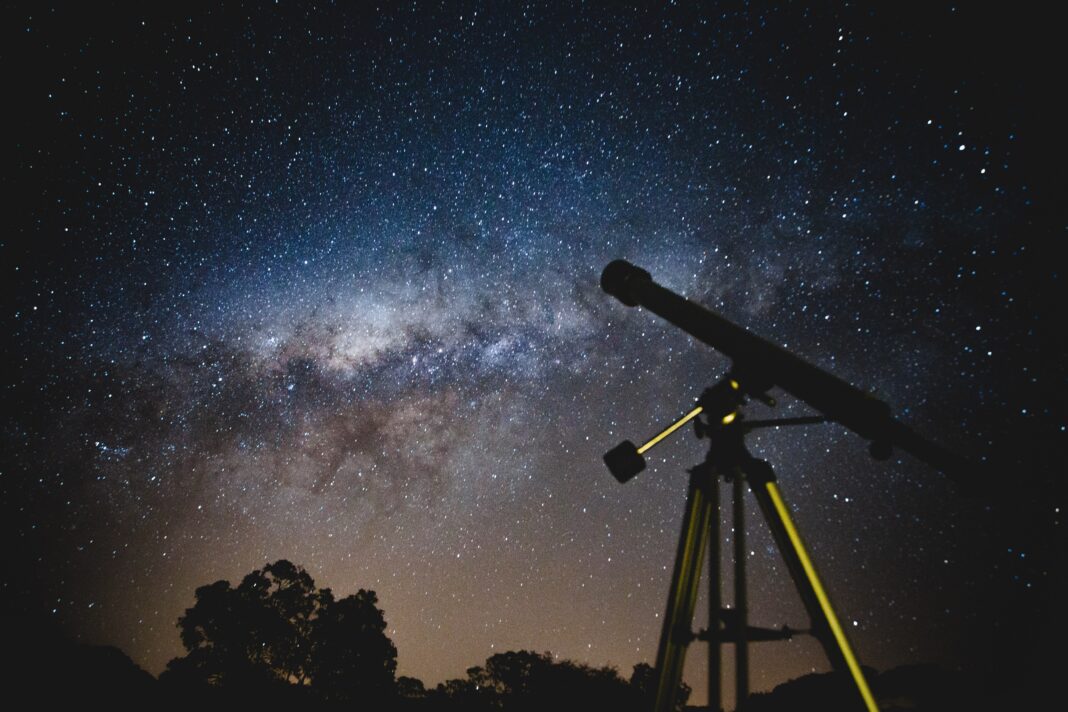If you are an early-riser sky watcher, perhaps you have been observing the eastern sky before sunrise and noticed several bright steady-gleaming points of light. As our planet is part of a system of other planets orbiting a common star we call Sol, the position of the other planets bring excitement to those who look up and wonder or recognize old acquaintances in new positions.
Those of us with a bit more astronomy background know that the stars will shimmer and seem to twinkle because they are repeating nuclear explosions that generate mass amounts of light. Because of the great distances their light must travel and that the atmosphere distorts that light as it travels when we see it, the effect of the refraction is similar to watching our feet in water at the beach. On the other hand, the planets do not emit light of their own and are much closer to earth so their light is not refracted nor do they appear to shimmer.
When it is possible to see stars and planets in the sky this month, this week the planets will be — as usual — along the imaginary demarcation called the ecliptic — earth’s equator copied in the sky. Keeping watch during the month will share Jupiter, Venus, Saturn, and Mars strolling along their assigned heavenly path. Mars and Saturn will be a close pairing about 5:30 a.m. Venus and Jupiter will be following behind. It will be a string of pearls to share that cost nothing — unless you count the lost sleep.
If you are wondering about Mercury, this speedy fellow will be at a good viewing angle at the end of the month in the evening sky just after sunset and stealthily approaching the Pleaides star cluster in Taurus, the Bull in the west-northwest.
At a recent event in Brownsville people were invited to actually look at our sun to discover that it is not actually a yellow star, but white. Using a telescope with a solar filter or special solar viewing glasses protecting their eyes, there were exclamations as the viewer saw a white star, not a yellow one.
Using a box of sidewalk chalk labelled with the colors on the box arranged in the order of the spectrum of light, discussion shared what was going on. White light is actually many colors, red, orange, yellow, green, blue, indigo, violet and ultra-violet. This phenomenon is truly mysterious and many people wonder how this can be; but it is true. When we see a rainbow in water scattered from our sprinklers in our yards when we are watering the grass, or after a rain shower begins or ends. as droplets are still in the air, it is because the sun is at the proper angle for its light to be refracted into the spectrum. What an amazing creation our universe is.
If you are wondering why Easter is mid-month this year instead of the beginning, it all has to do with the phase of the moon. The tradition for celebrating Passover and Easter go back to Old Testament times several thousands of years. Have you ever wondered why the dates to observe Easter seem different each year? Both historical cultural observances are based on the lunar phases. The standard rule for selecting Easter is “the first Sunday after the first full moon on or after the Vernal Equinox.” Passover is a set date based on the Jewish calendar that dates from the time of Hillel II (359 CE, AM4119) and which is the official calendar of the State of Israel. It is a calendar based on computations rather than visual observations (visual observations of the young crescent moon were used in ancient times). Passover begins on the same liturgical date, Nisan 15, each year. Easter can occur any Sunday between March 22 and April 25.
Until next week, KLU





